Today’s Journal
I spent a very entertaining day with Jesse and Jonathan, who are both Behavioral Endocrinologists at UC Davis. They make up the bird team and are part of a larger seasonality project at Toolik.
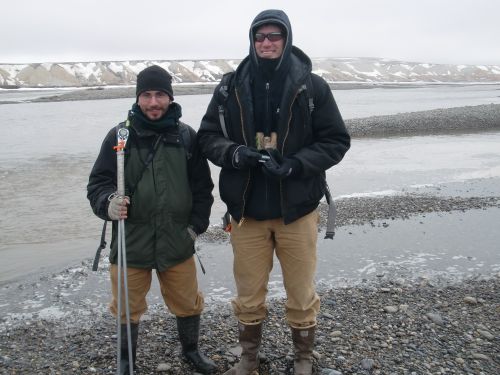
We left camp early and drove north on the Dalton Hwy with our binoculars in hand. As we drove, we stopped (often quite suddenly) the car at known birding areas and when ever we saw an interesting bird that we wanted to check out. I was impressed with Jesse’s ability bring the truck to a stop while looking through his binoculars and identifying the bird. In total we saw over 35 species of birds in one day. For you birders out there, the highlights were seeing a Bluethroat, Long-Tailed, Parasitic and Pomarine Jeagers, King Eider, Sandhill Crane and three Snowy Owls. One of the Owls was flying right towards us on the highway, which was pretty amazing!
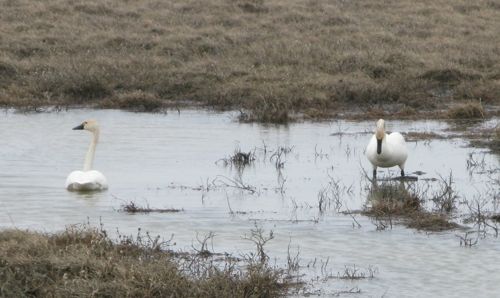

More science at Toolik
The Seasonality Project is made up of researchers who study bugs, birds and plants and is addressing questions around changing seasonality and phenology and how these changes might impact certain bird species. The two study species of birds are White Crowned Sparrows (Zonotrichia leucophrys) and Lapland Longspurs (Calcarius lapponicus). Both birds migrate long distances up to the Arctic TundraA treeless area between the icecap and the tree line of arctic regions, having a permanently frozen subsoil and supporting low-growing vegetation such as lichens, mosses, and stunted shrubs. traveling roughly 3,000 miles over a month. The Longspurs nest in open tundra while the Sparrows nest in shrubby areas. The study is looking at possible mismatches between times of high food need for the birds and availability of berries, seeds and bugs. If the timing of leaf out and peak bug populations are changing they want to see how the birds might respond or be affected by that change.
Stress response
One aspect of the project involves taking blood samples from the birds to look at the levels of the stress hormone corticosterone. The stress response of these birds changes during different time of year and under different conditions. To catch the birds, Jesse and Jonathan set up a mist net and play the bird song to attract the birds. The birds can’t see the very fine net and get caught in it. Then the race is on.
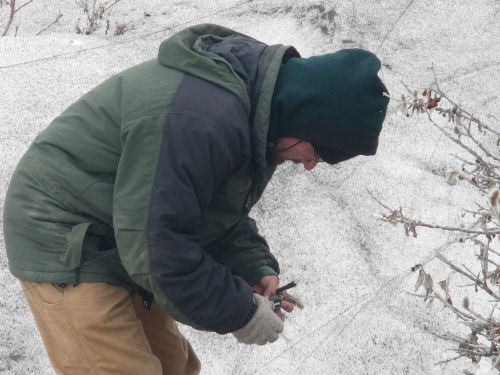
They must get to the net untangle the bird and draw blood within three minutes. It is pretty impressive to see them work.
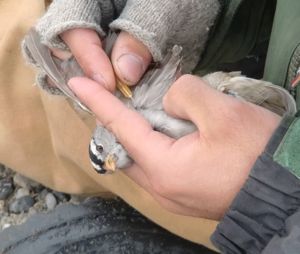
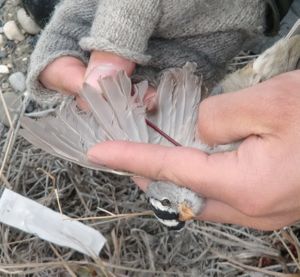
After the initial blood samples they take three more samples at 10, 30 and 60 minutes. In-between the first and second blood samples, they band the bird, if it is not already banded, take measurements and weigh the bird. They also use color bands on the bird to help identify the bird later when they are observing them with binoculars during the nesting period.
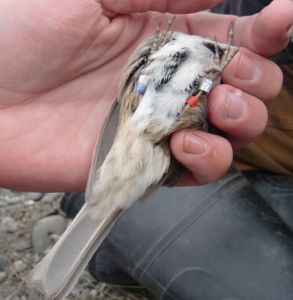
I learned how to properly hold a song bird, but didn't attempt any blood draws.
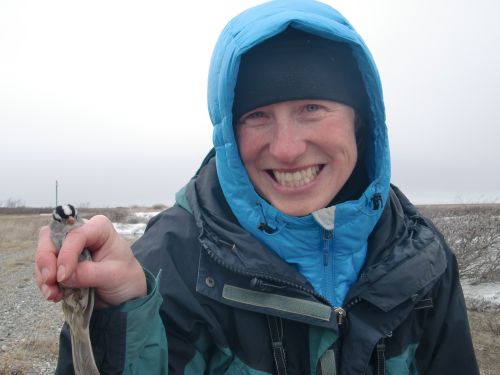
Deadhorse
The Dalton Highway, which is the road I drove on from Fairbanks to Toolik, continues up to the town of Deadhorse.
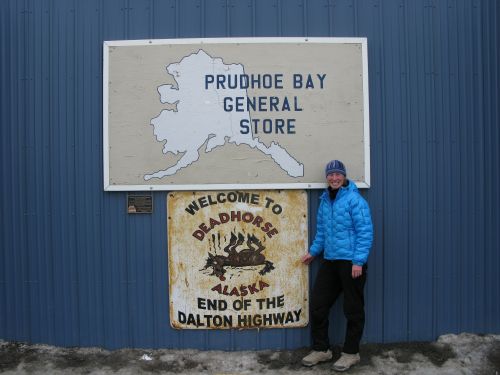
At this point if you continued driving north, you would be in the Arctic Ocean. Deadhorse consists of facilities for workers and companies that operate the Prudhoe Bay oil fields.
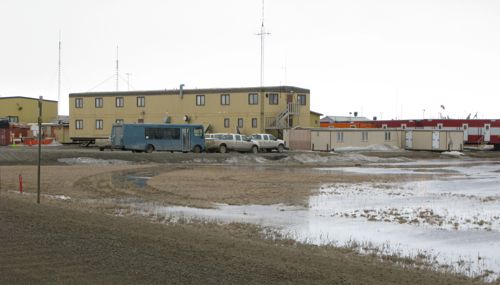
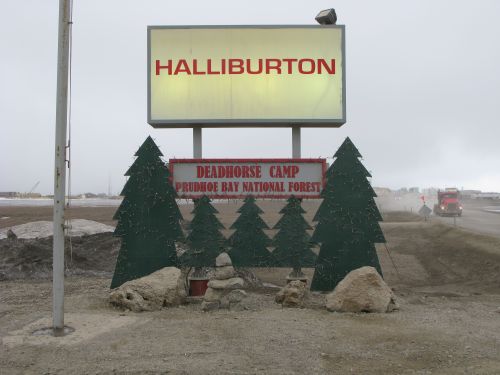
Question to Ponder- Discussion
On 6/2/12, I asked When the average yearly precipitation is only about 35 inches, how is there still so much standing water in the Arctic tundra? Much of the standing water that persists in the tundra is due to permafrost, which decreases the distance that water that can percolate, and a low evaporation rate.


Comments